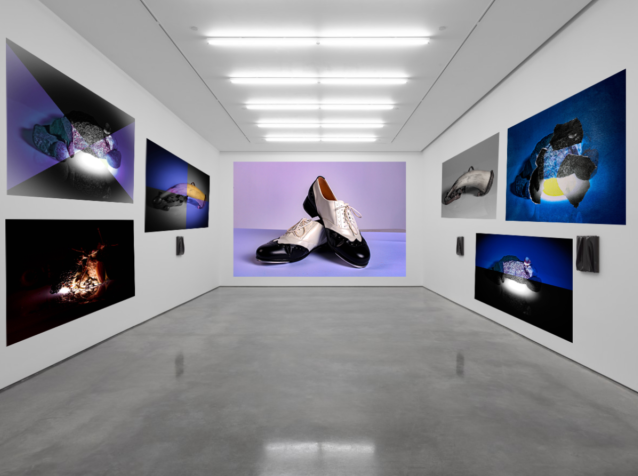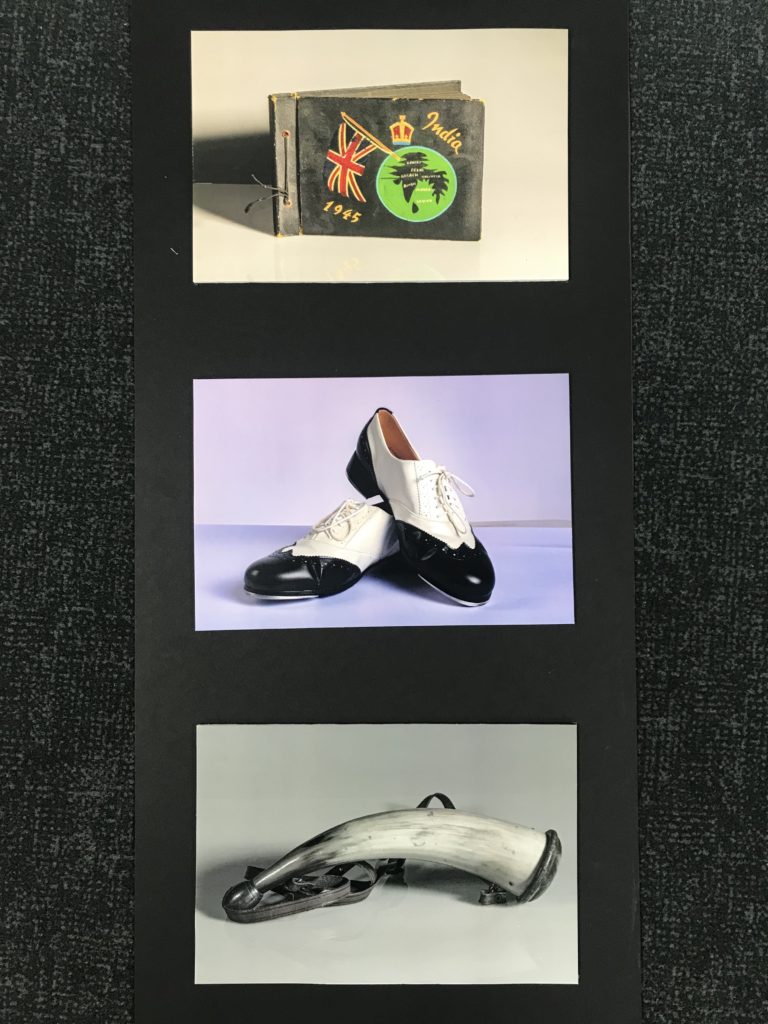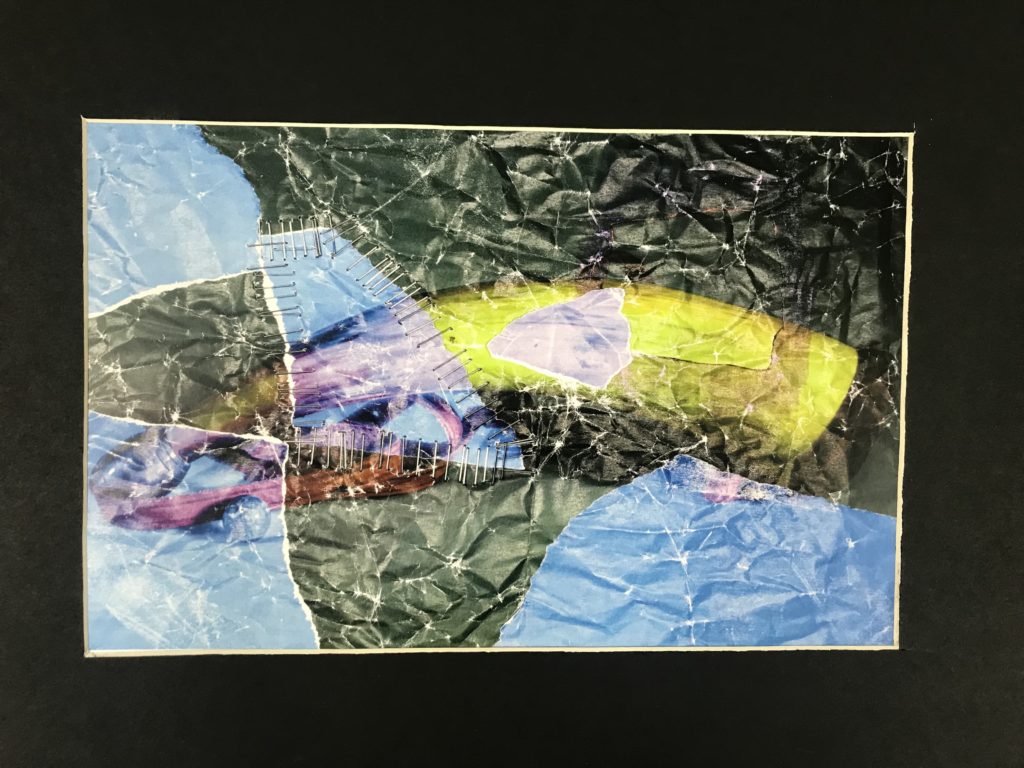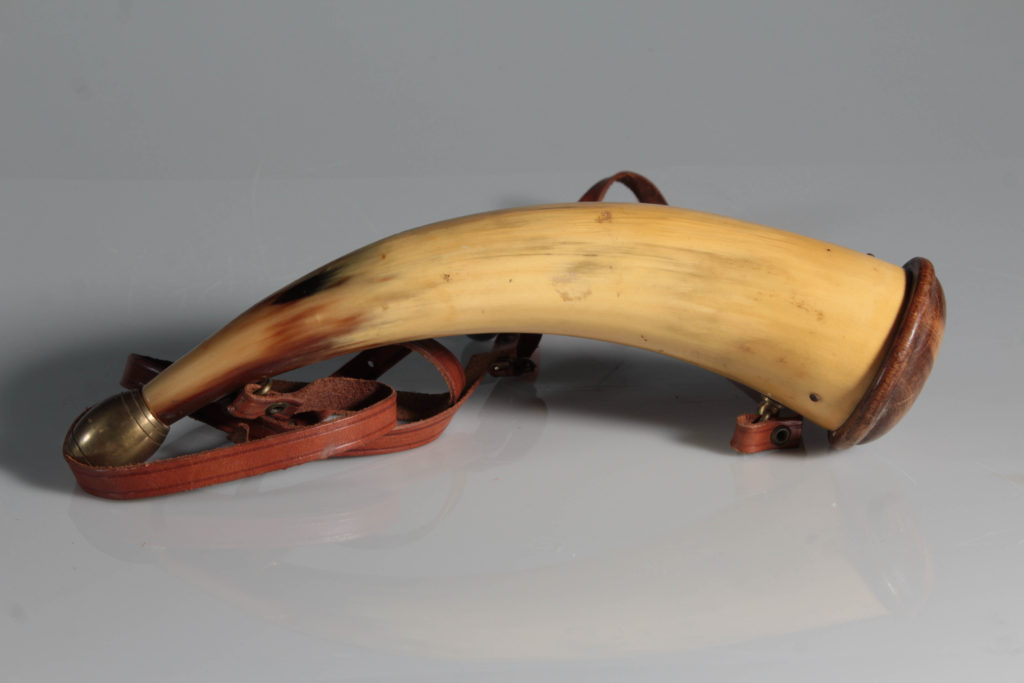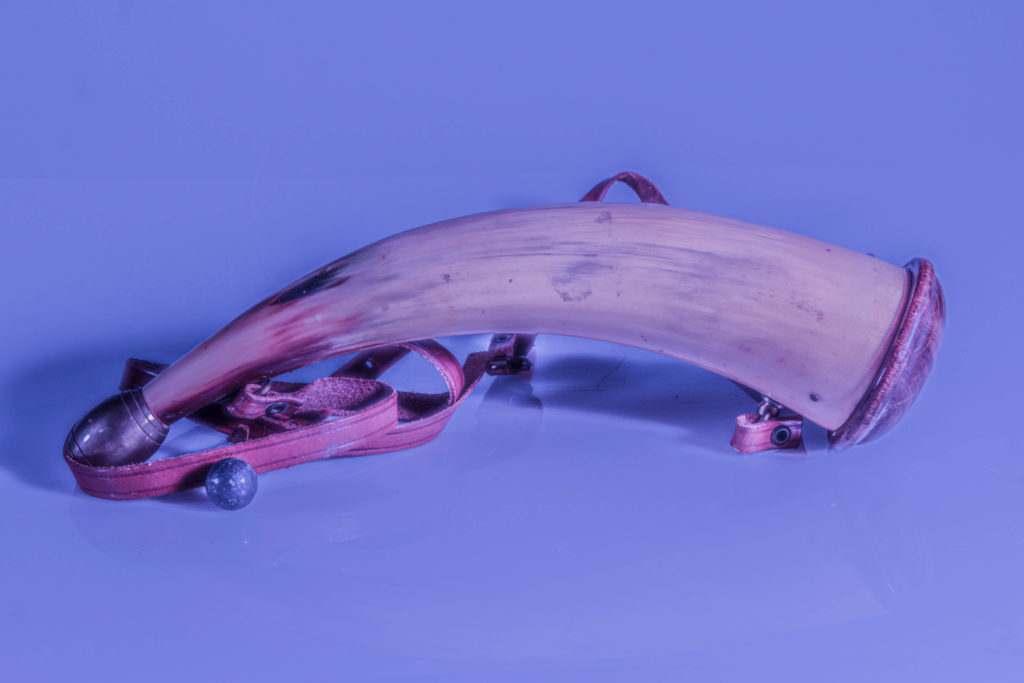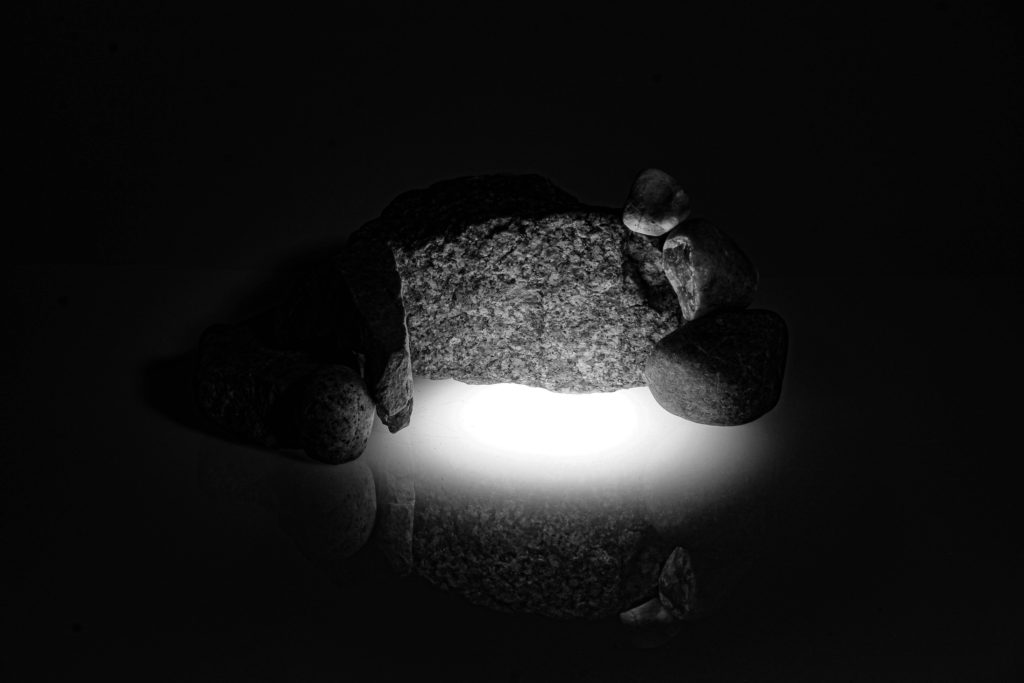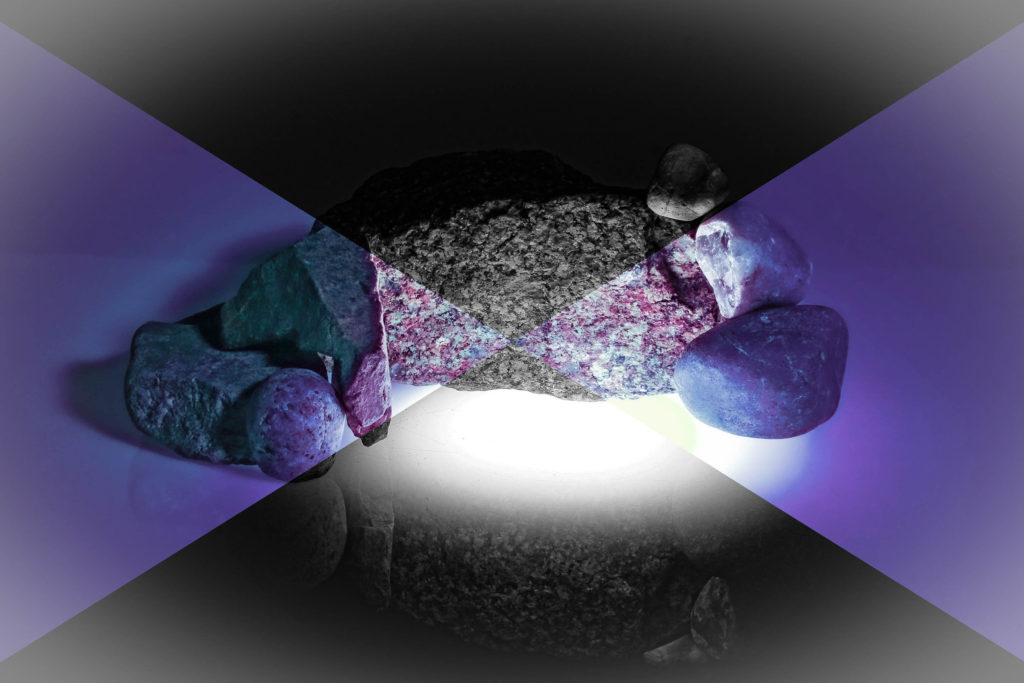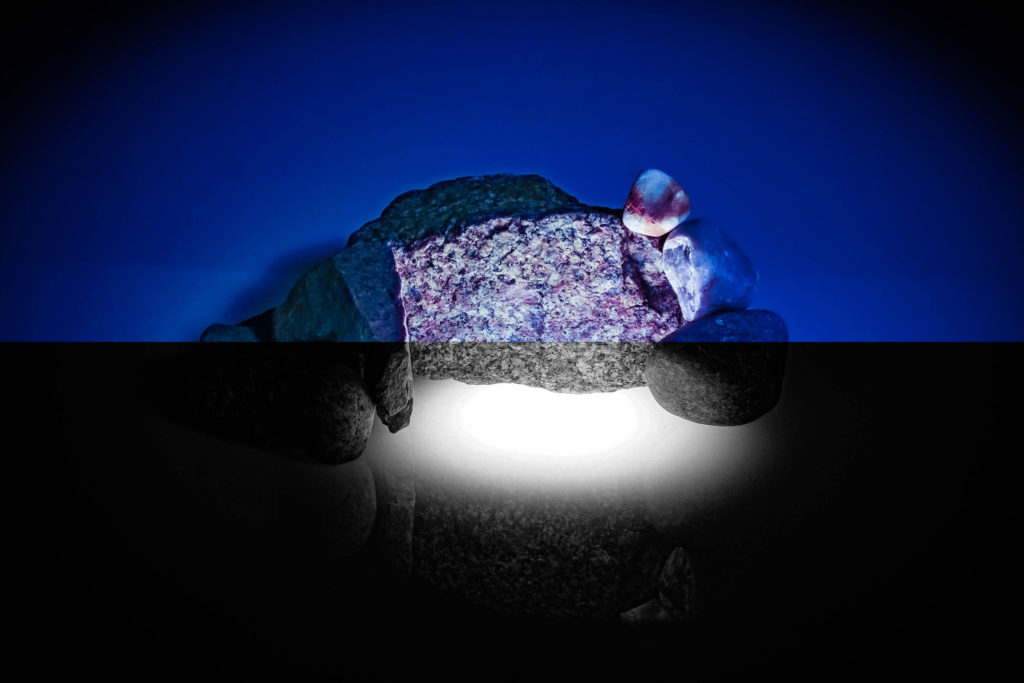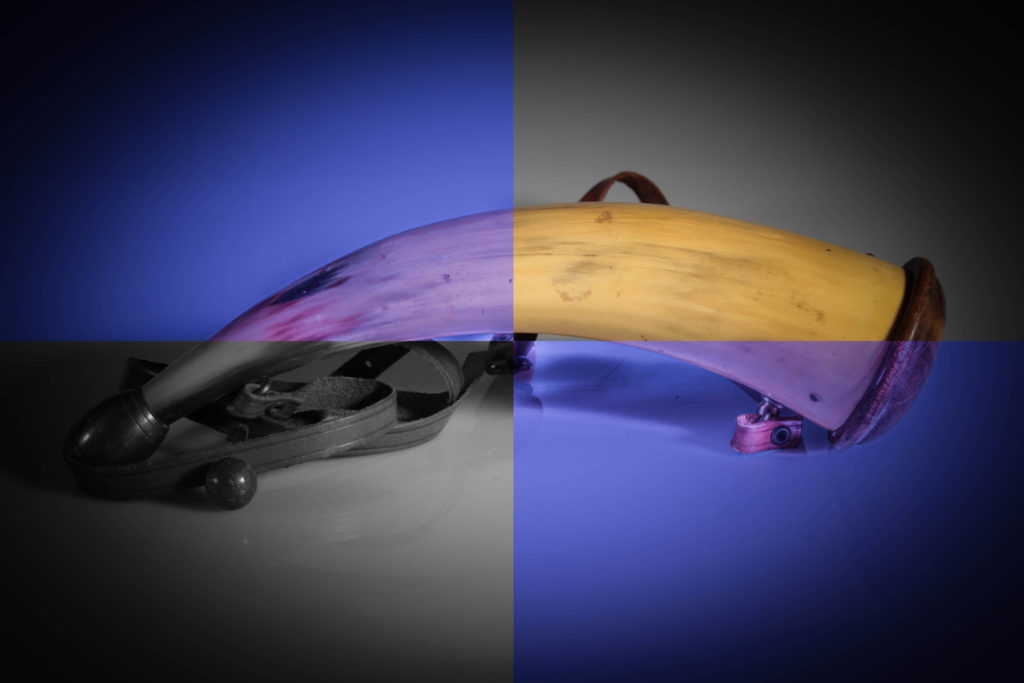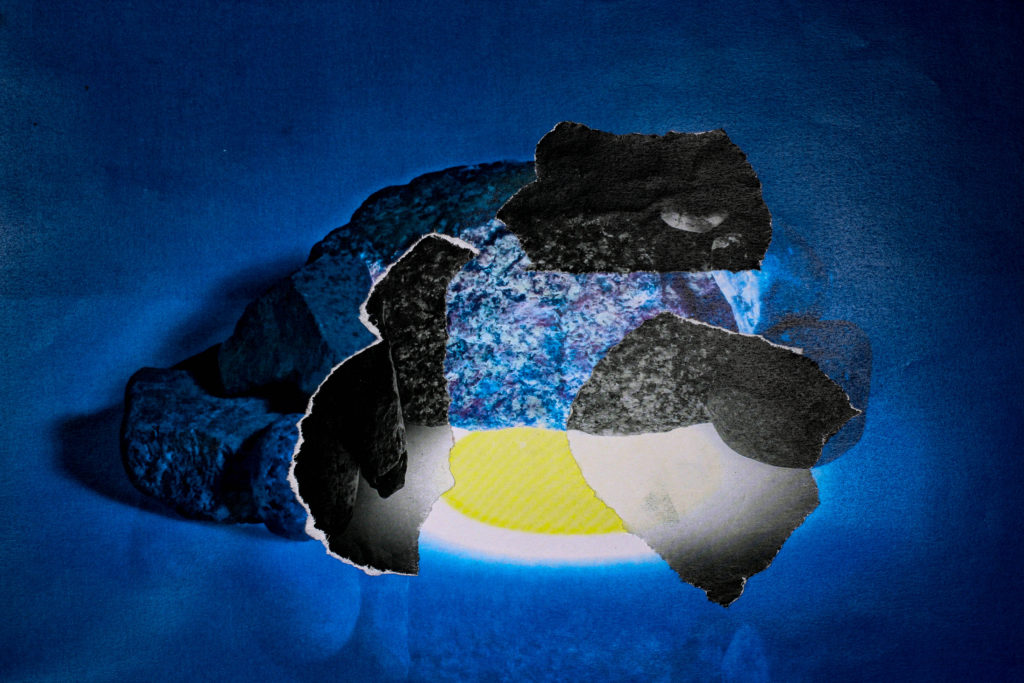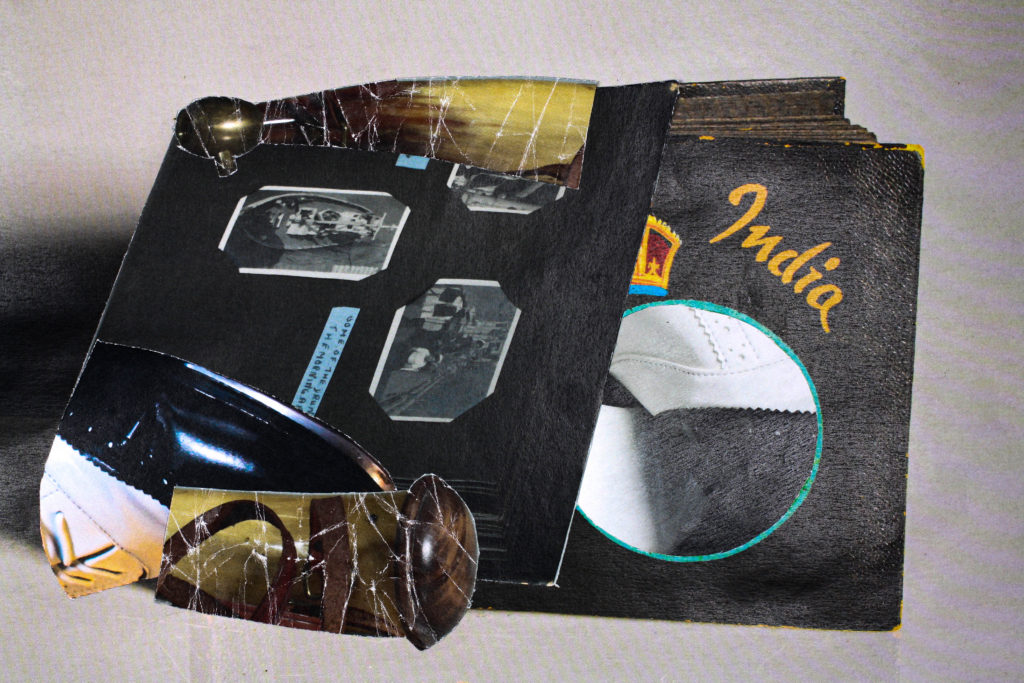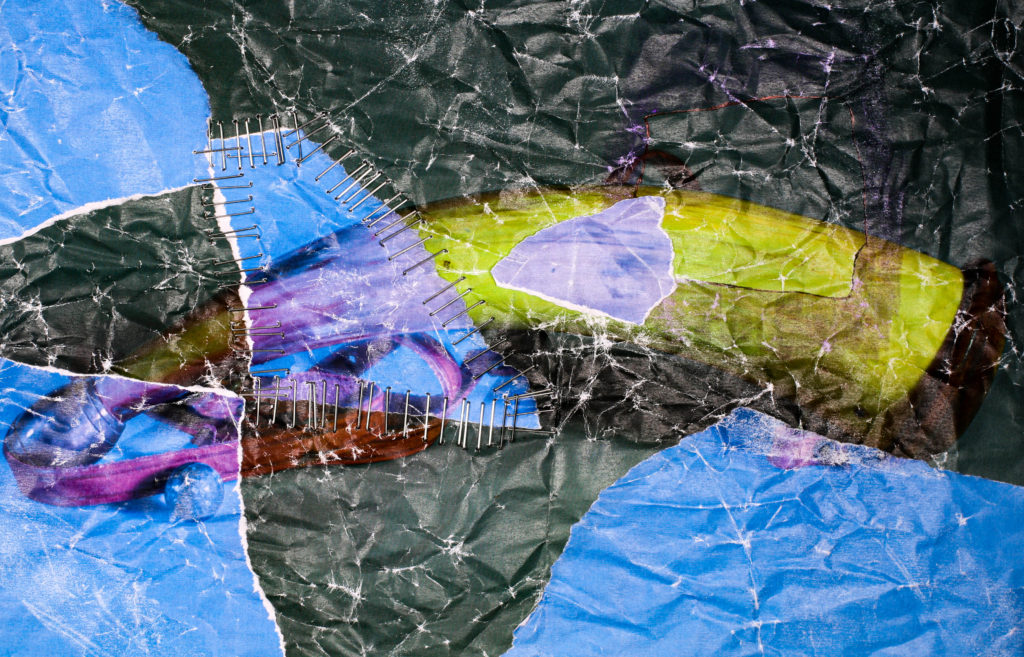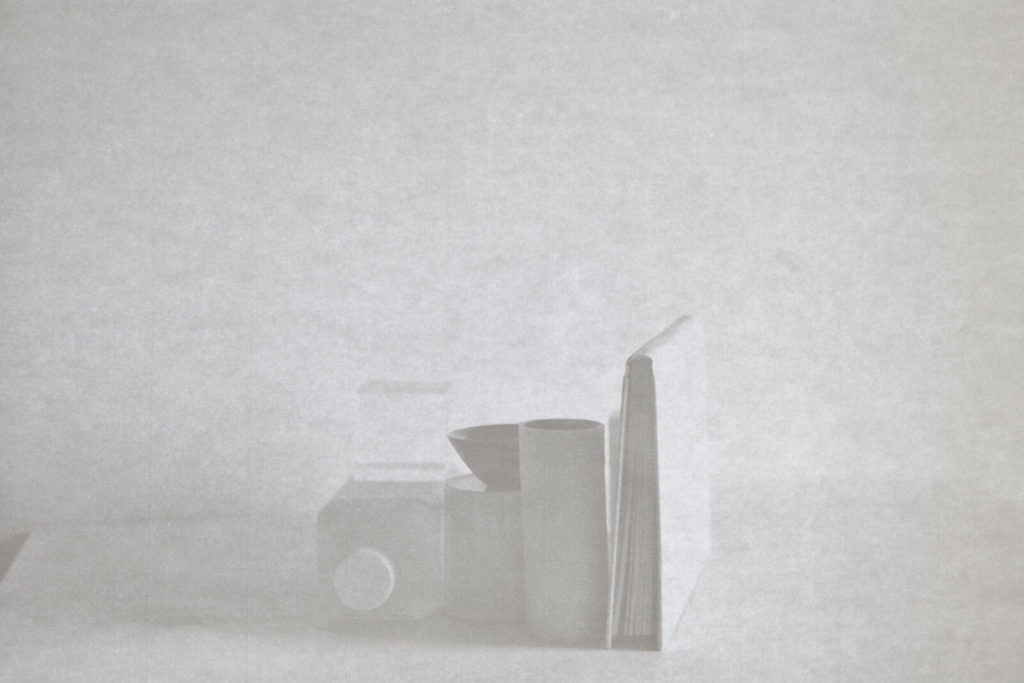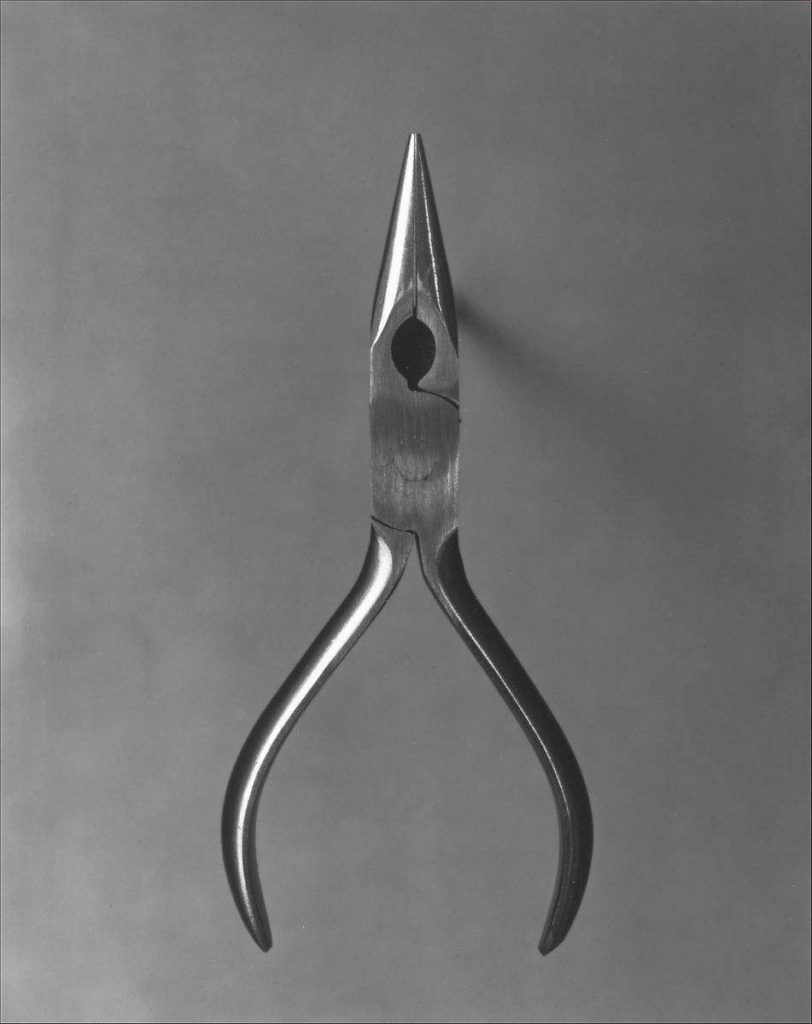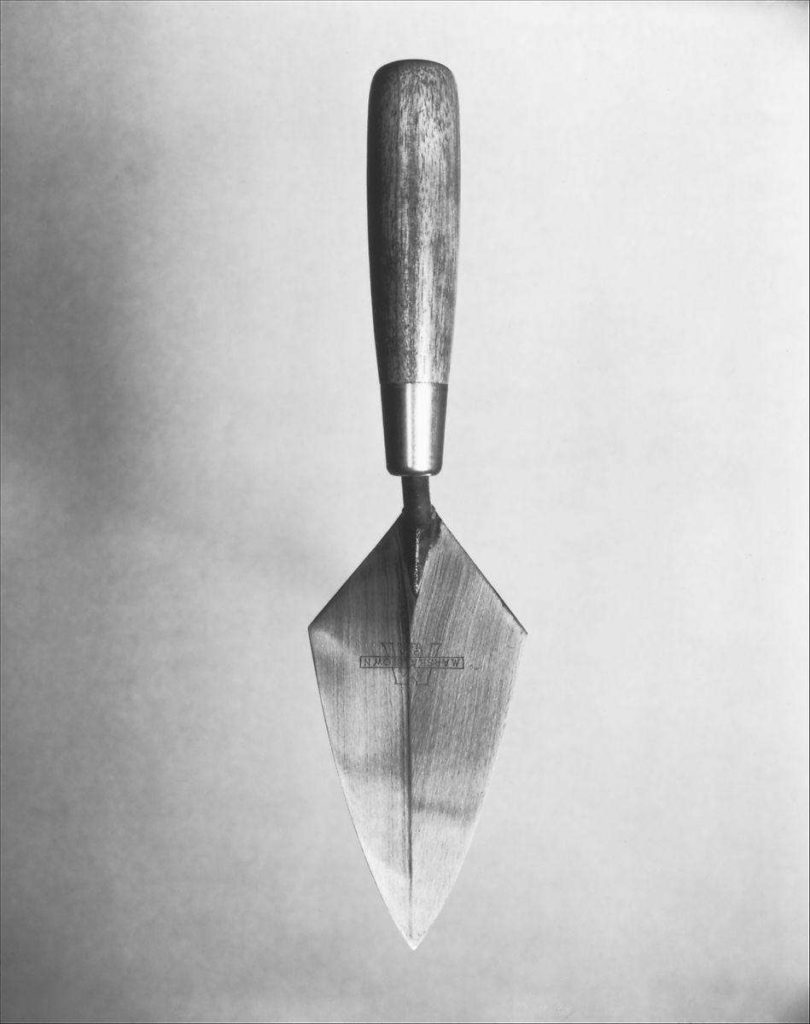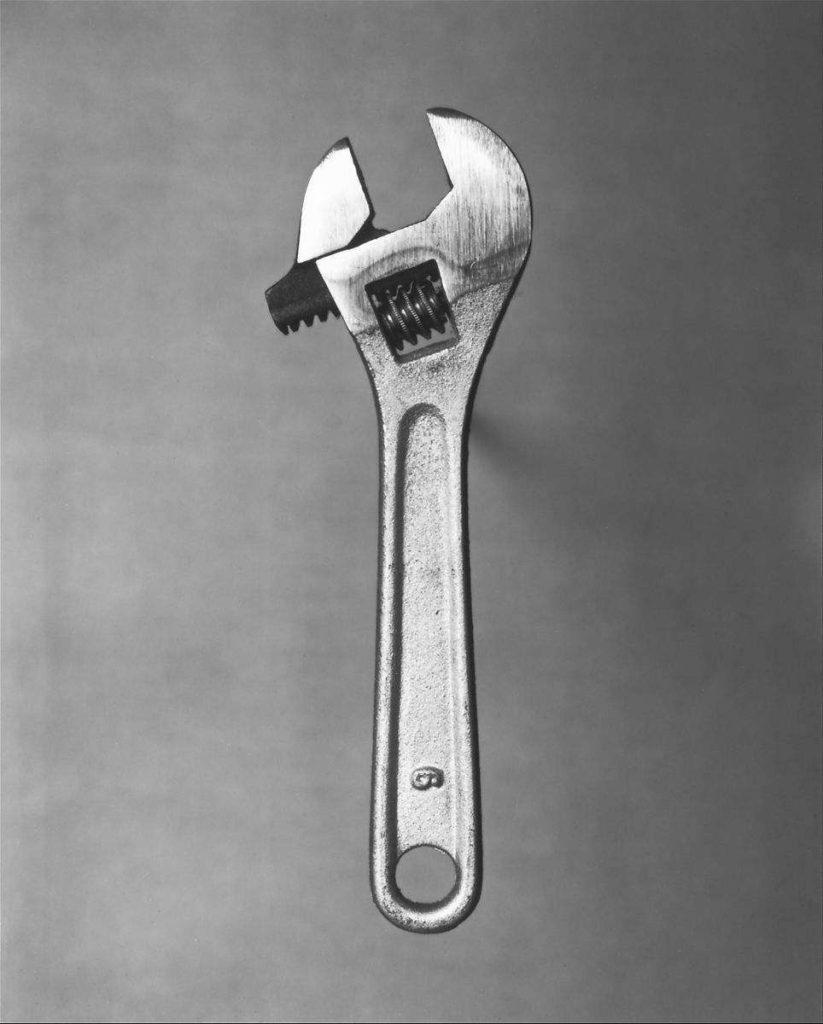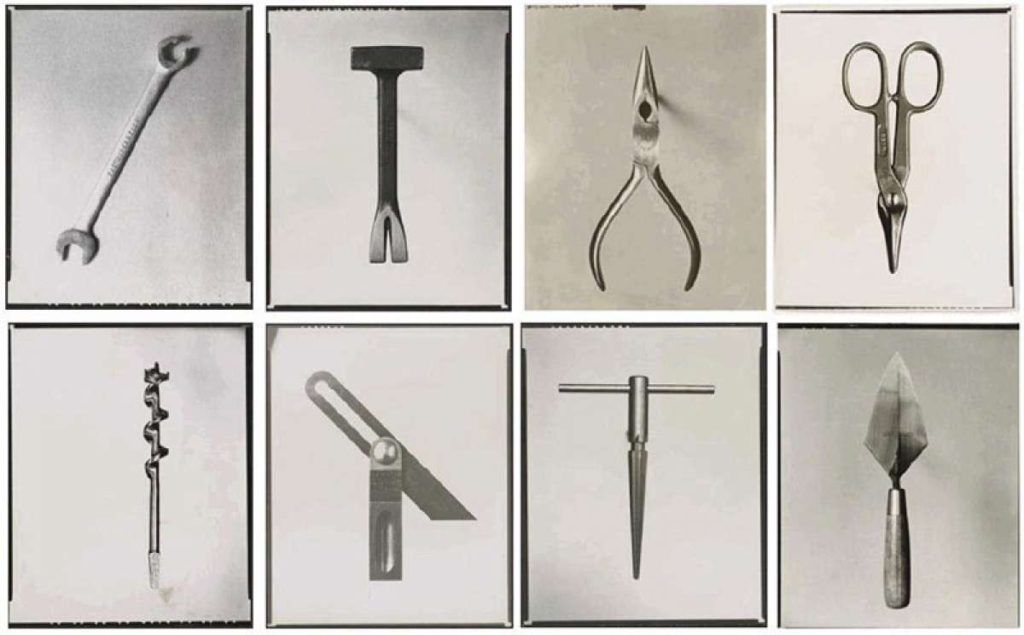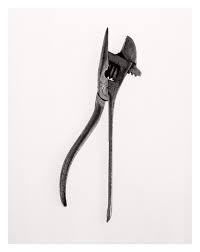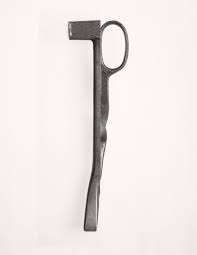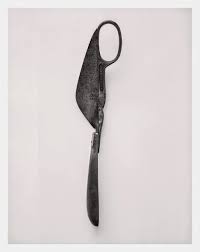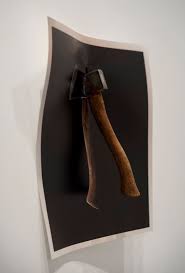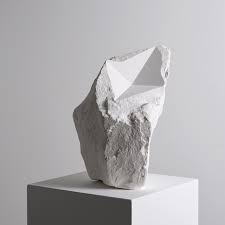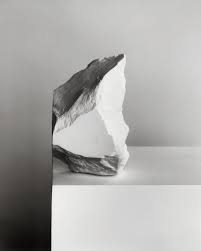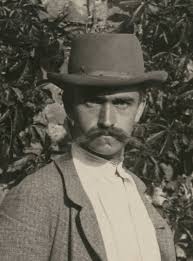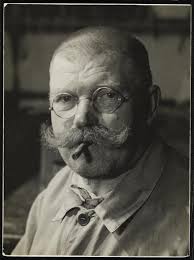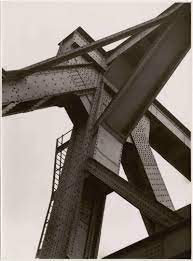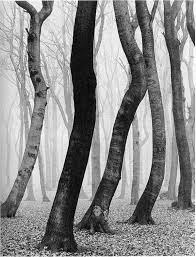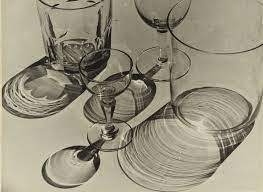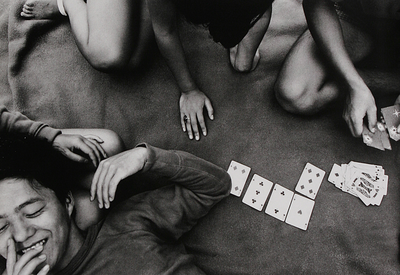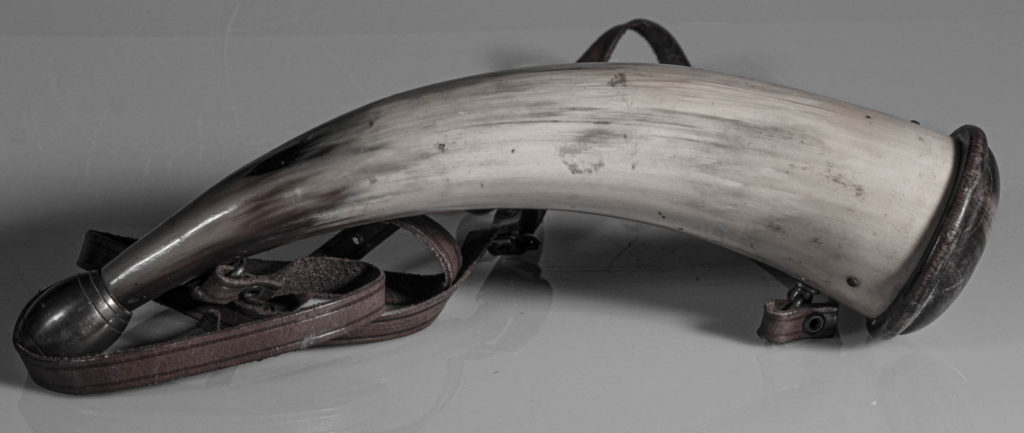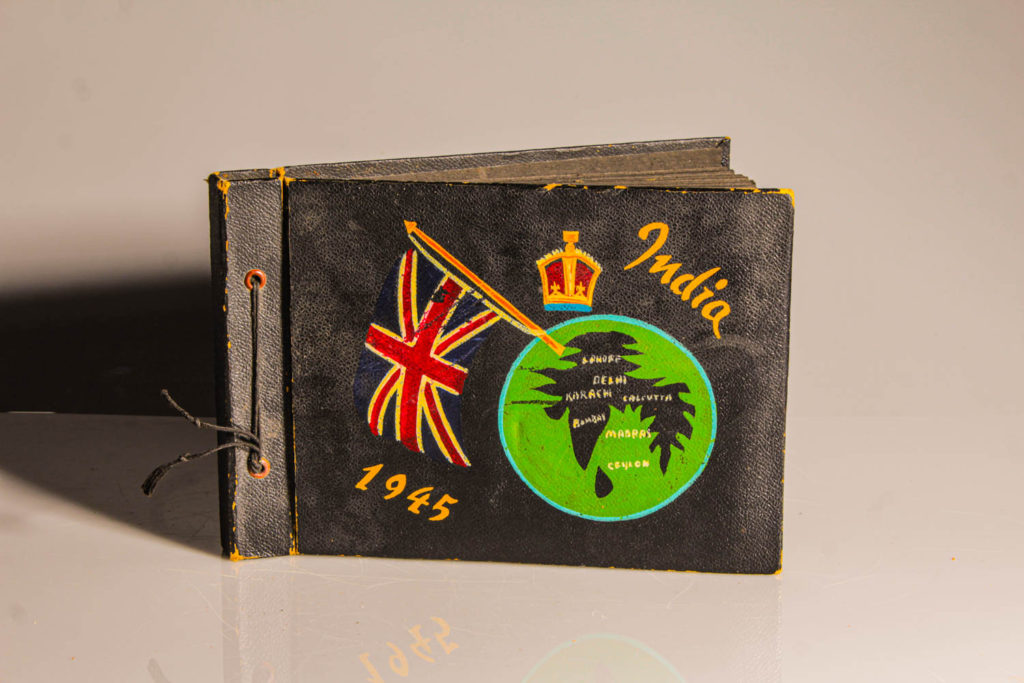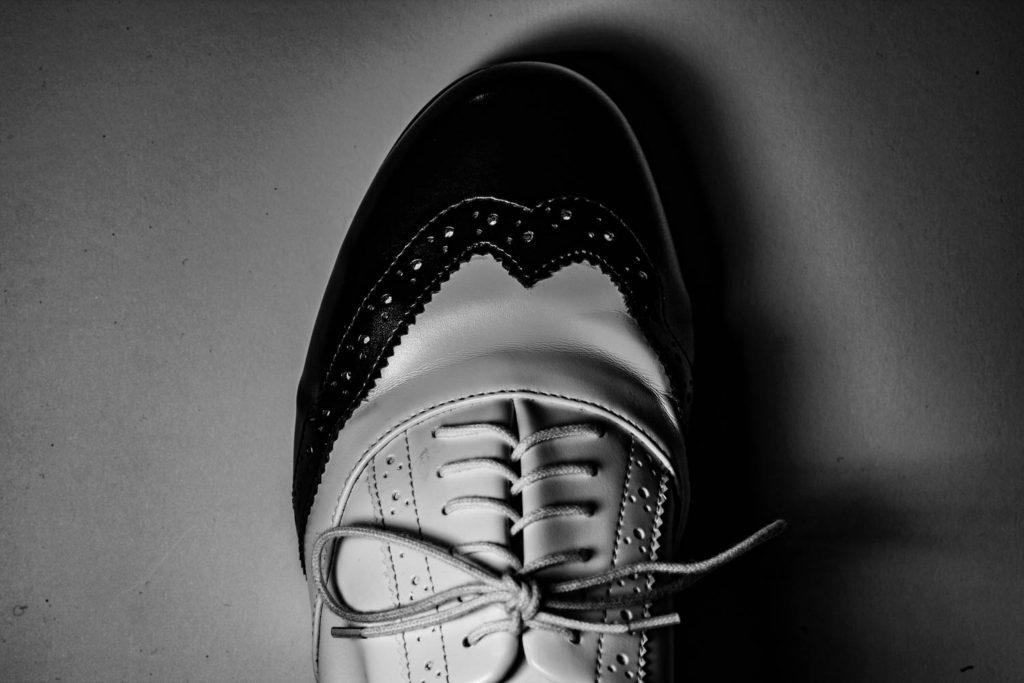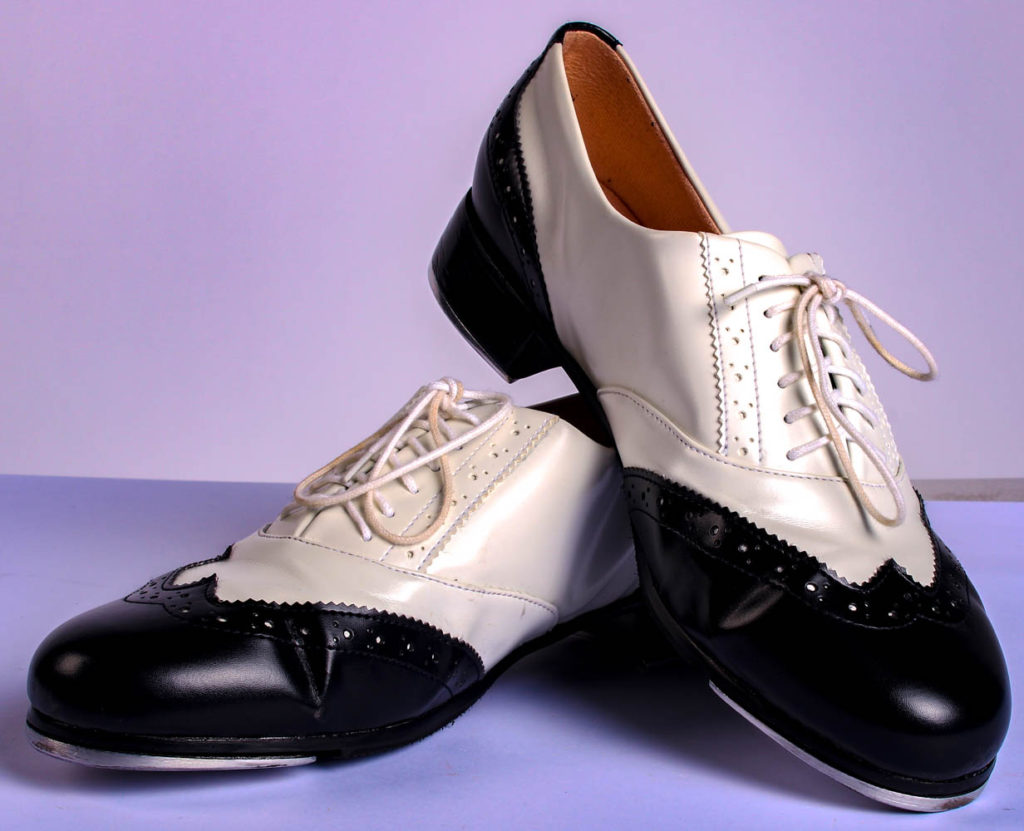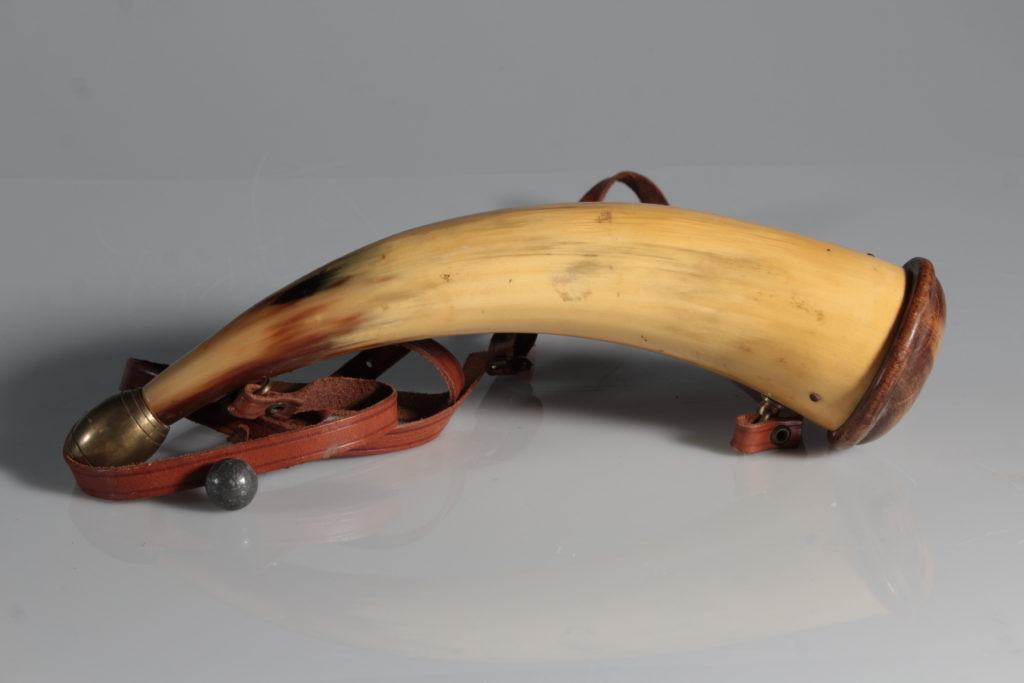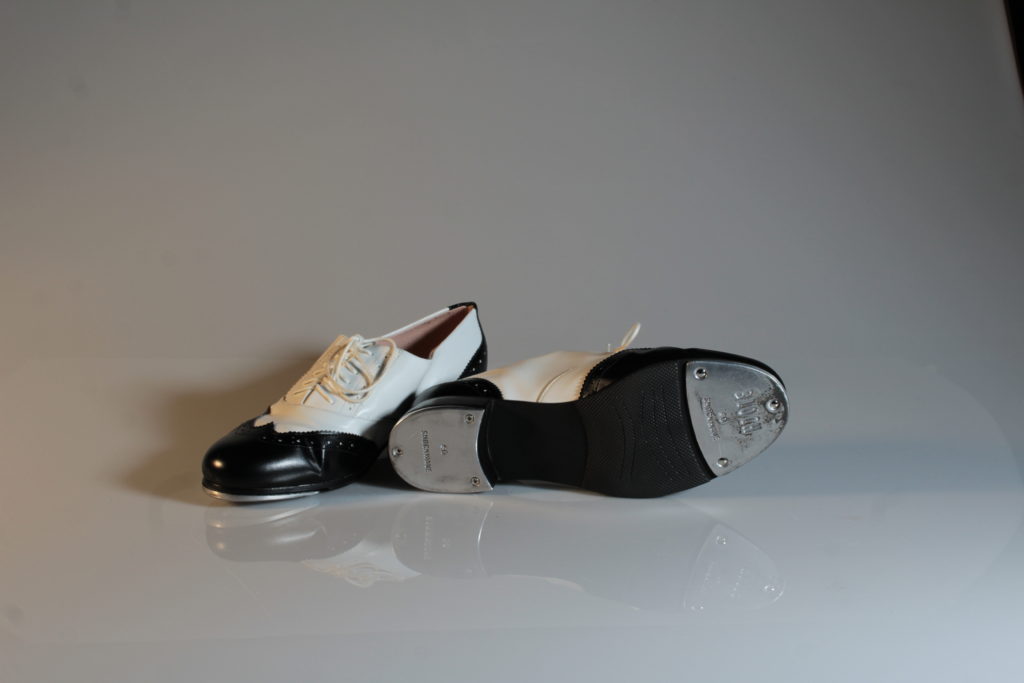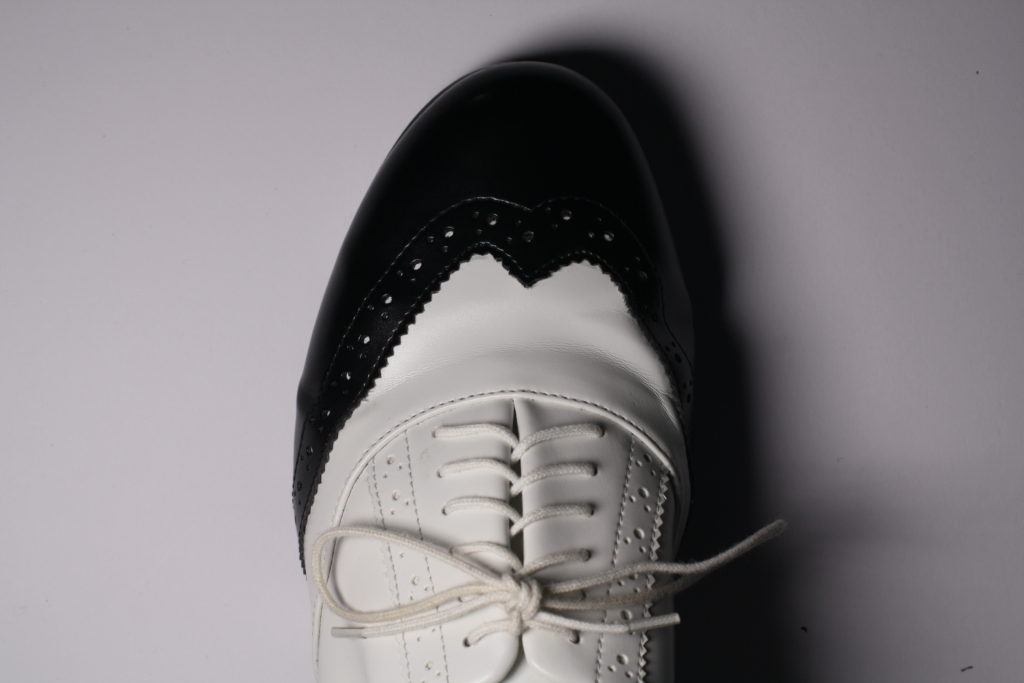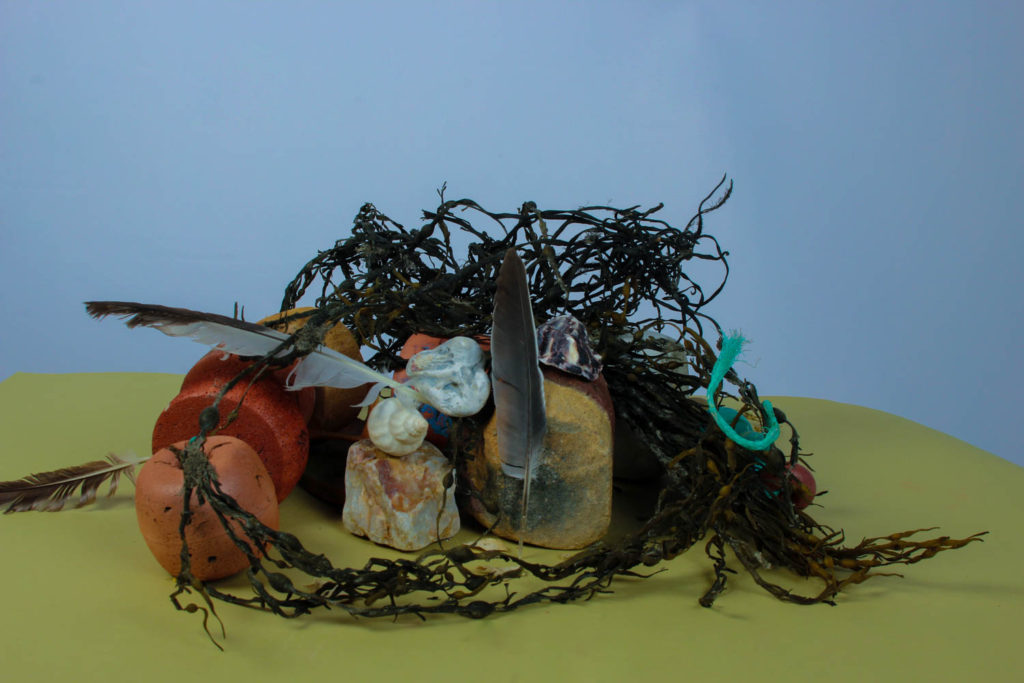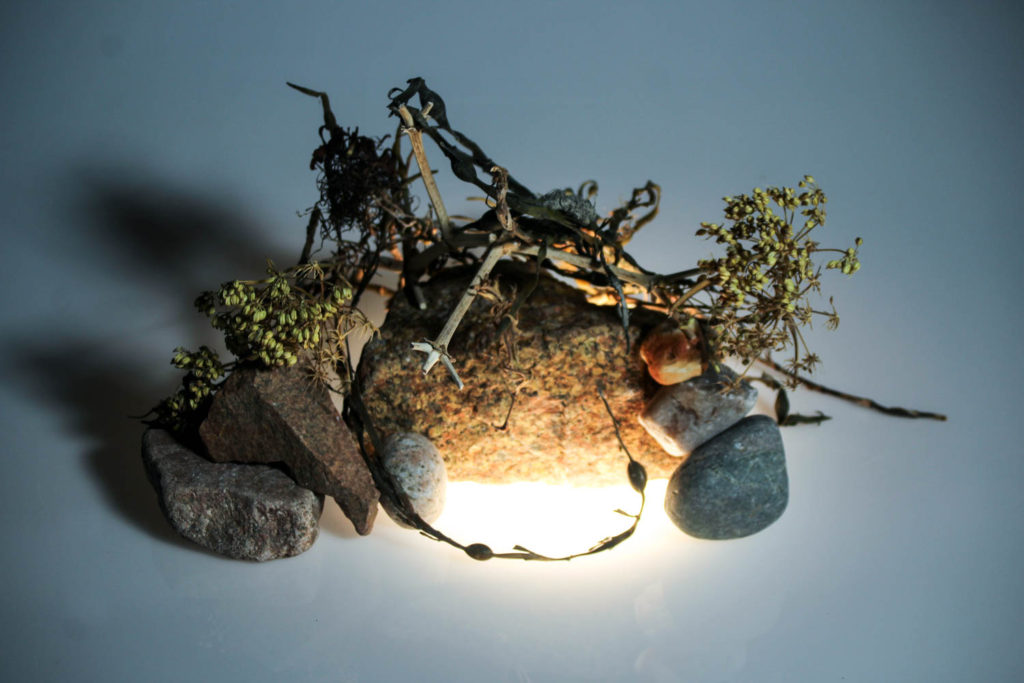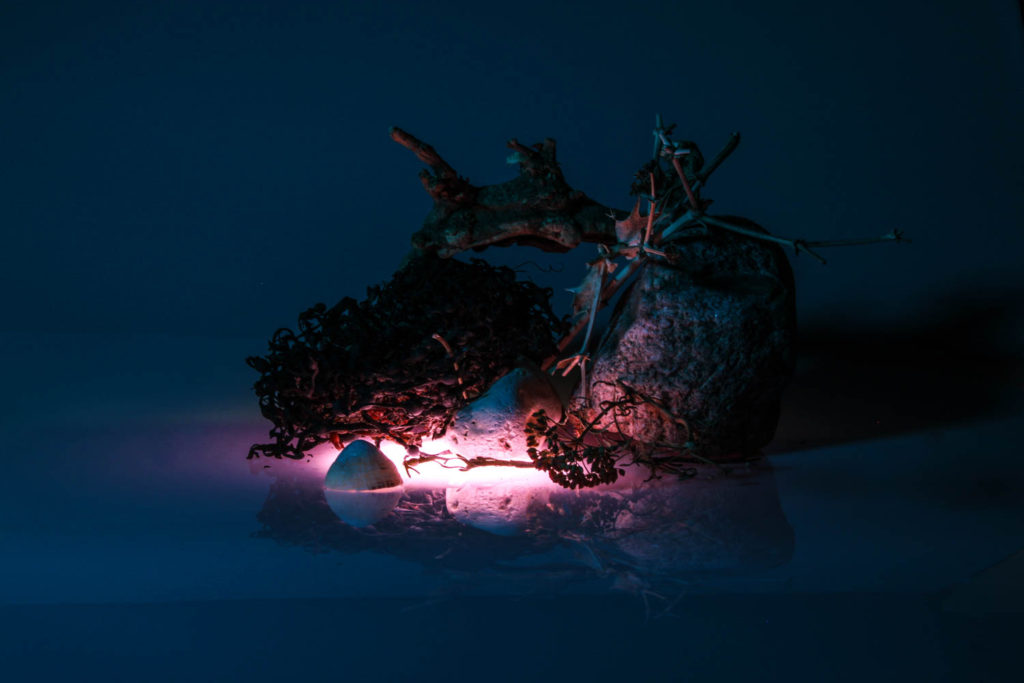“Photographs confuse as much as fascinate, conceal as much as reveal, distract as much as compel. They are unpredictable communicators.”
– David Campany in ‘On Photographs’
Photography is the art and application of capturing light to create images, often known as “writing or drawing with light”, often using a digital sensor or film. The word “photography” was originated from the Greek words φωτός (phōtós) and γραφή (graphé) “representation by means of lines” or “drawing”. The first photograph was taken in 1826 by French scientist Joseph Nicéphore Niépce, and it was titled View from the Window at Le Gras.
Photography is a diverse way of communicating without using words, that is what makes photography a universal language; anyone can interpret it in anyway. You don’t need to speak the same language to understand or relate to what the photographer intended. This means that people from all ends of the world could share a feeling and experience. However, what shapes the viewers response to photography includes experiences, culture, beliefs, and opinions. For example, if an apple is used in the picture, many would link that to fruit, nature, and good health whereas others may perceive that as a sin (Adam and Eve) or a teacher pet, etc. the possibilities are endless.
Photography is also a way of capturing moments in time, sealing them forever and allowing memories to never fade. It freezes a point in time perfectly in this fast paced world. When you record a memory, you are not only capturing a scene but also feelings and emotions that could have a deep connection with many people. They show off every blemish or mistake along with every triumph or enhancement, making them perfect just the way they are. Furthermore, “confuse as much as fascinate” explains how we might never know the full intent or story behind the image. A picture may tell a tale of 1000 words without saying anything, but what part of the story is missed out? What was happening behind it? Or to the left? Or the right? What was happening on the other side of the camera? Why was that the section that the photographer wanted us to see?
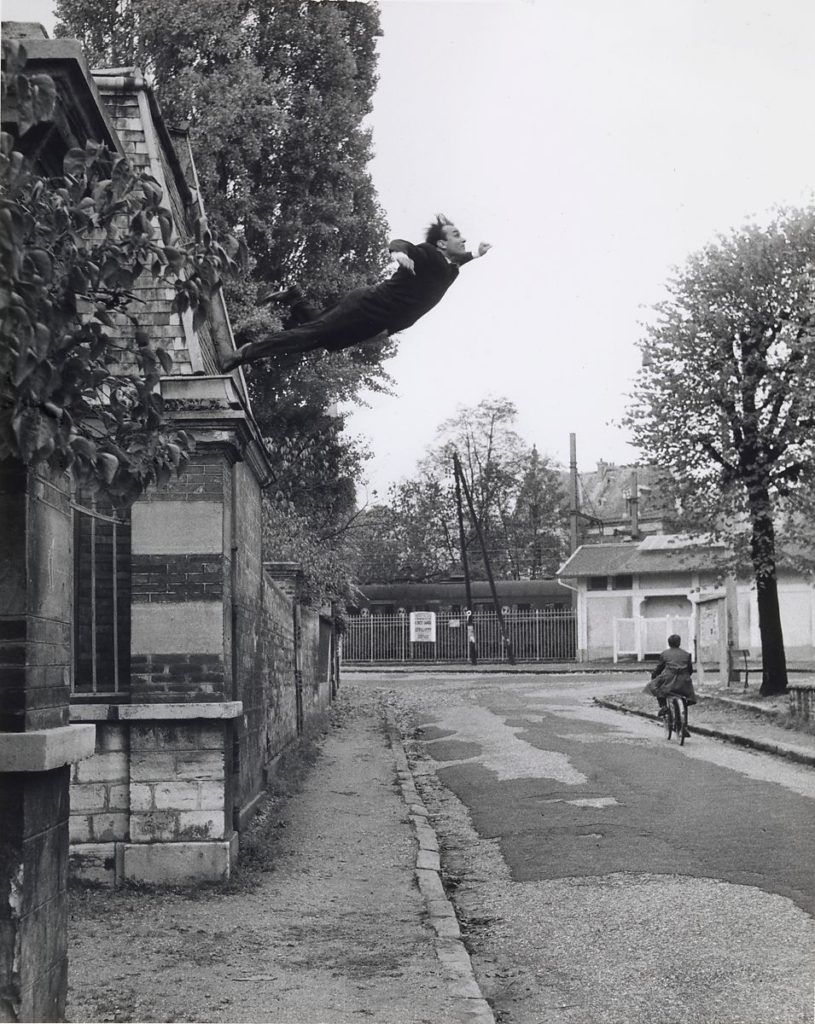
Saut dans le vide [leap into the void] (1960) by Yves Klein 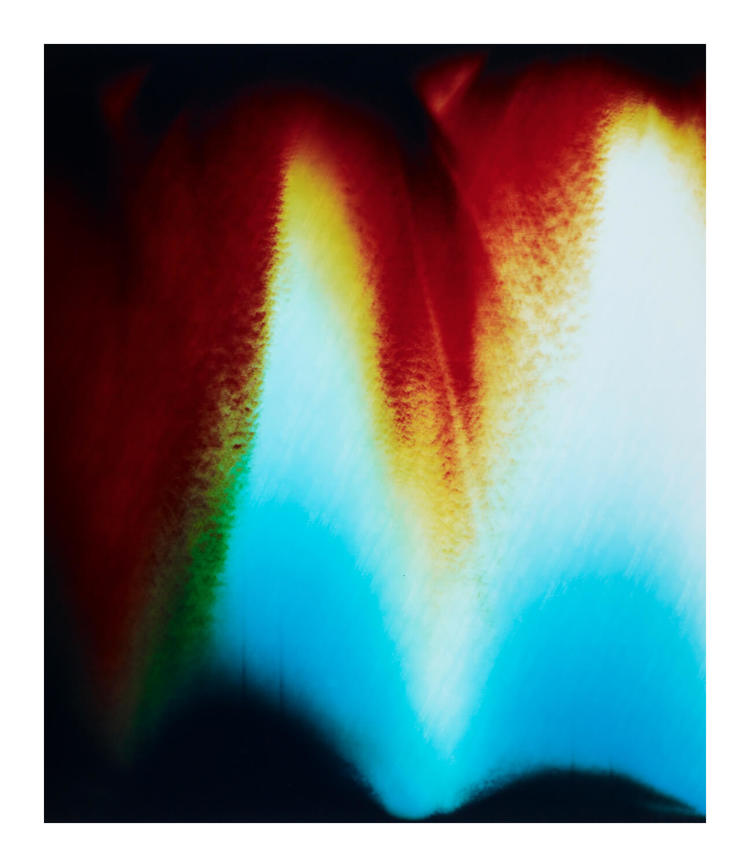
The press conference (2008) by Broomberg and Chanarin
An example would be both of these images above. There are endless possibilities and ideas behind each and it is left up to the viewer to put together their own story for them. This is what makes all photographs similar despite their differences; they all hold countless theories in just one moment of time. Therefore, ‘What is Photography?’ is an question that holds far too many answers to narrow down to just one.


